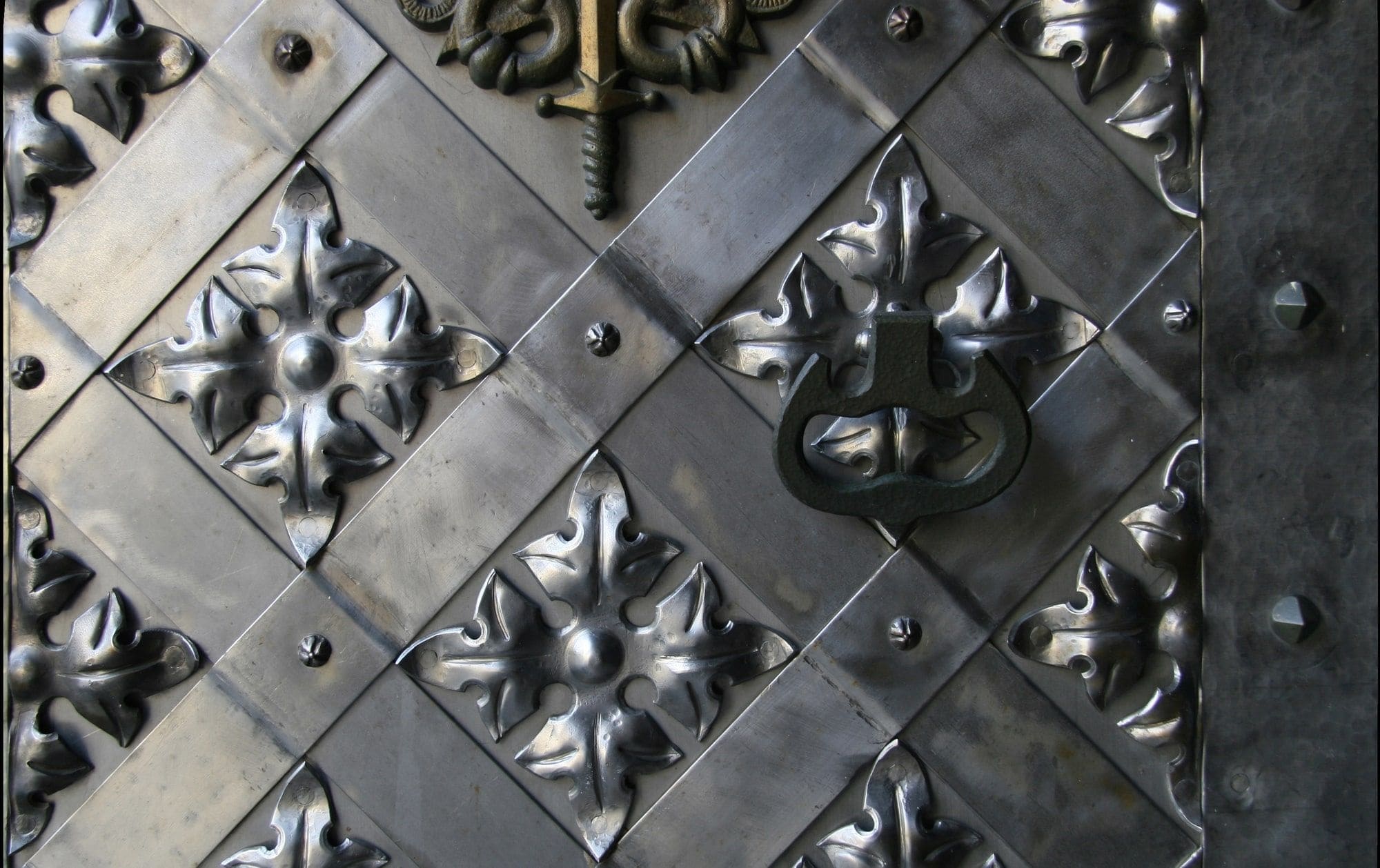
1
Steel cannot be made without iron. Did you know that iron is one of the ten most widespread elements in the Universe? The Earth’s ecosystem contains more iron than oxygen. After all, our planet’s core and crust mostly consist of this element. That said, in the Earth’s crust it is present as iron ore. To obtain a purer metal, it must be concentrated and smelted.
The ore smelting process was discovered as far back as 2,000 BC. This moment marked the end of the Bronze Age and the dawn of the Iron Age. Researchers believe that the transition from bronze to iron happened because of the extreme abundance of iron ore deposits. By the end of the Bronze Age, the deposits of tin – which is used to make bronze – that were known at the time had been depleted.
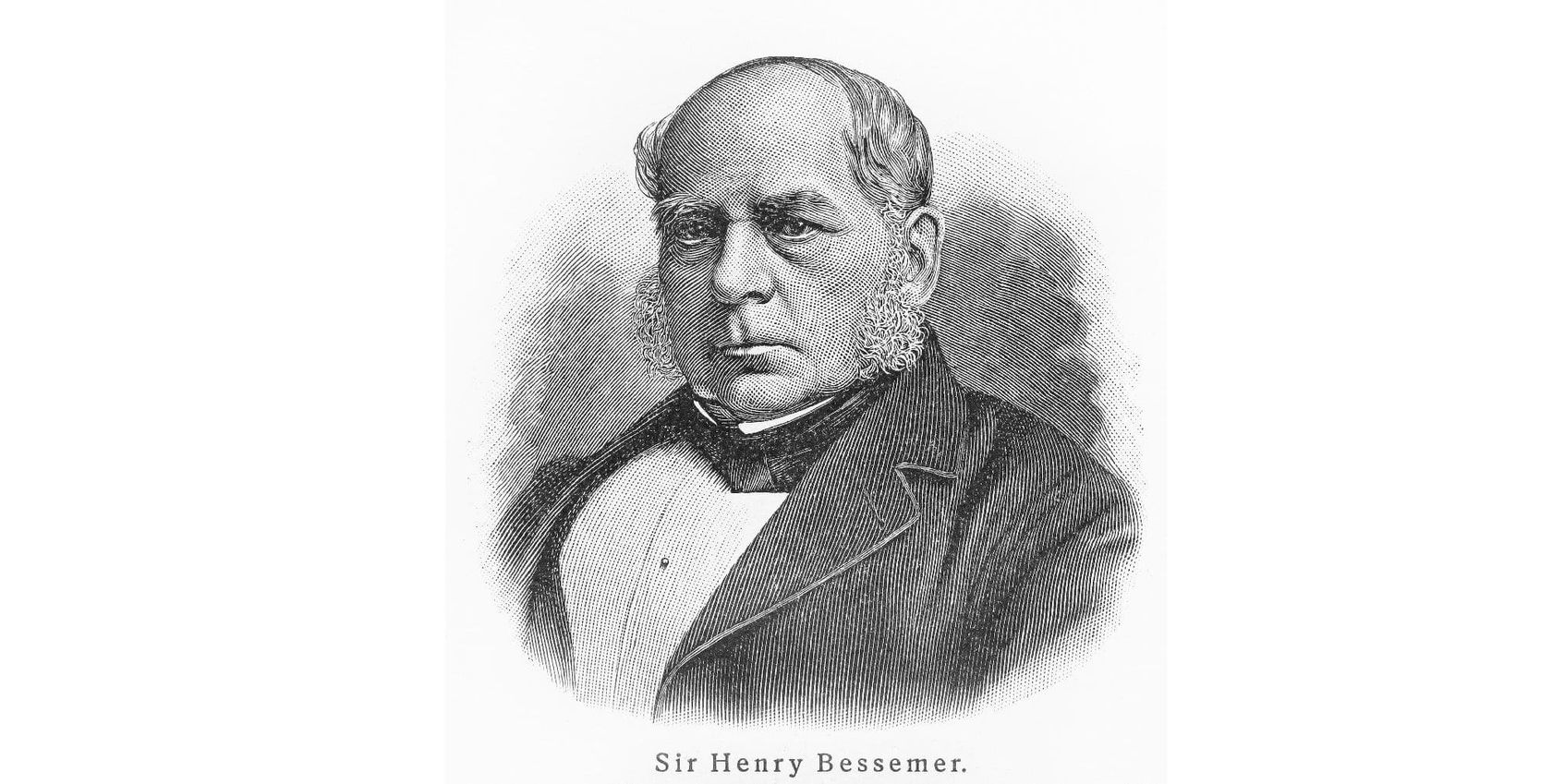
2
By the mid-19th century, the English pioneer Henry Bessemer figured out how to make steel by blowing compressed air through pig iron. His landmark invention gave mankind a cheap, fast technology to mass produce steel. The Bessemer process sparked the industrial revolution.
However, historians and archaeologists have discovered that this technology was known to the ancient Chinese as early as the 2nd century BC. By the time of the Tang dynasty – in the 7th-10th centuries AD – steel agricultural tools were already widespread.
India also became famous for its early steel production. The first mentions of Wootz steel, an alloy whose physical qualities are still admired by experts, date back to the 3rd century BC. The legendary Damascus swords – the production secrets of which have since been lost – were made from Indian Wootz steel. India and China have been powerful players in the global steel market since ancient times. Facts about steel production in China can be found in the writings of Pliny the Elder. The ancient Roman author confirmed that the Celestial Empire was the main steel producer in the world long before Europeans began to glorify Bessemer.
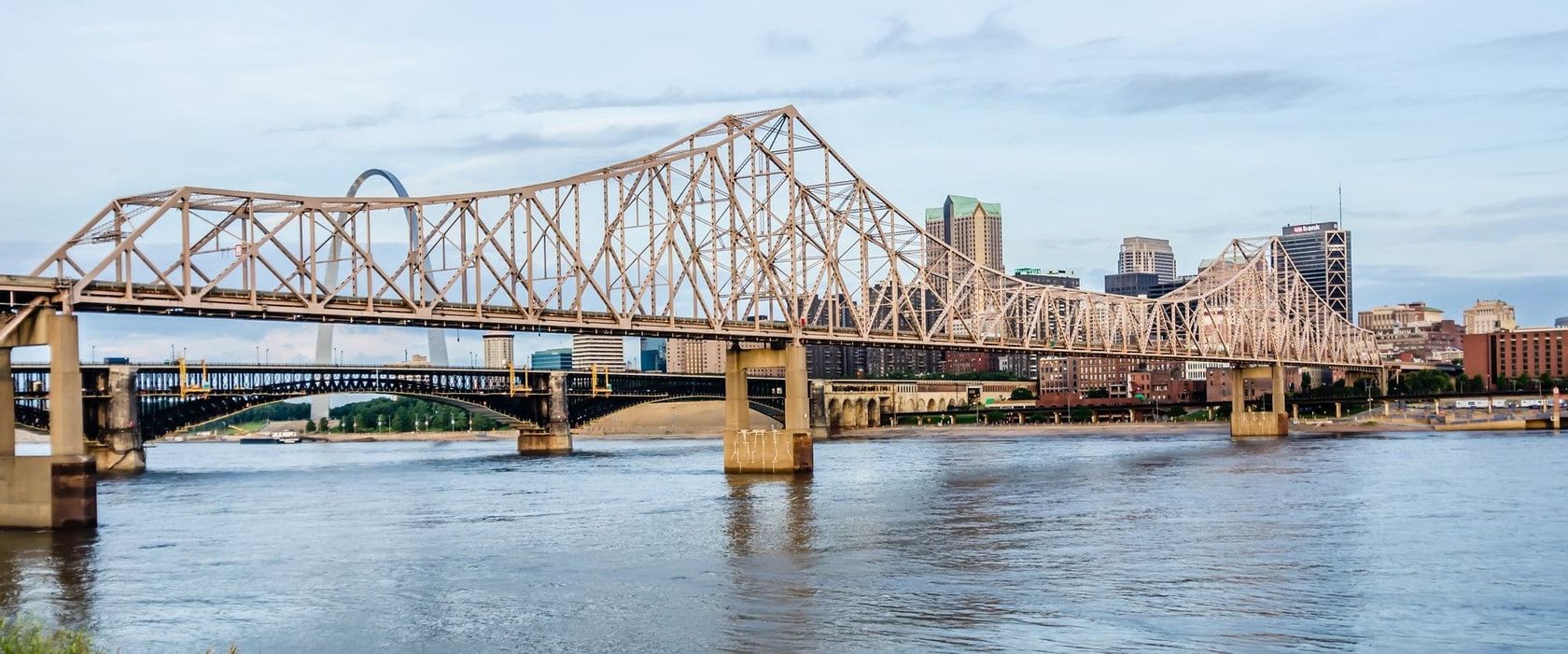
3
The world’s first major piece of infrastructure made of steel was the Eads Bridge, named after the project’s designer, James B. Eads. It was commissioned by steel magnate Andrew Carnegie, one of the richest Americans in history and one of the country’s greatest philanthropists.
The steel Eads Bridge connected the banks of the Mississippi River in 1874. The bridge’s construction was a turning point in architectural history. As the popularity of forge iron as a structural material declined, steel took its place.
There was a boom of steel construction in the US during the early 20th century, right up to the beginning of the Great Depression. The Rockefeller Center, George Washington Bridge, Golden Gate Bridge, Chrysler Building and Empire State Building were among the first steel bridges and Art Deco skyscrapers to become integral parts of the American landscape.
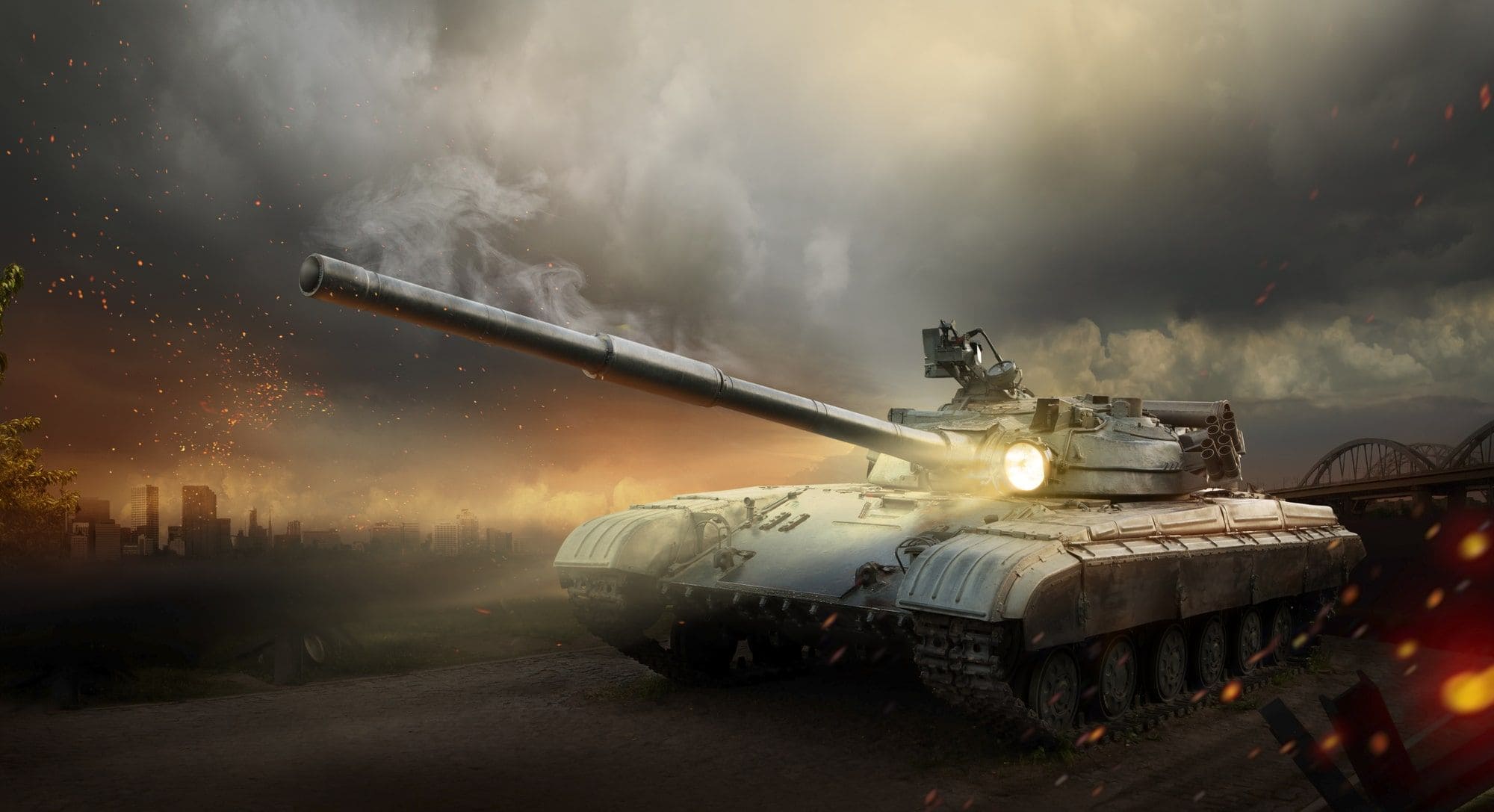
4
The two world wars fought in the 20th century brought more than just misery and destruction. They also birthed the military industrial complex, which has become a driver for the development of all branches of heavy industry, including steelmaking. Gunmakers, railways and navies needed strong, cheap steel. Tankers put great trust in steel, and it did not disappoint them.
On the battlefields of World War II, tanks were protected by rolled and cast armour. The steel plating was intended to deflect projectiles flying at rapid speeds. The power of the guns of that time was determined by the thickness of the steel armour that they could penetrate. Today, high-alloy, high-strength steels and composite materials are used to make tank armour. And still, the ability to break through rolled steel armour is an indicator of the effectiveness of antitank weapons.

5
While steel infrastructure projects, automobiles and household goods were shaping the patterns of everyday life, the major industrial powers were shaping a new political agenda. In 1951, in post-war Paris, delegations from Belgium, Italy, Luxembourg, the Netherlands, France and the Federal Republic of Germany signed an agreement establishing the European Coal and Steel Community (ECSC). The goal of this new political union was to create a common coal and steel market for participating countries. A non-competitive environment and common economic interests were meant to guarantee a peaceful future in post-war Europe. The four supranational bodies created within the ECSC served as the prototypes of the future European Commission, European Parliament, EU Council and European Court of Justice. The ECSC initiated the unifying processes that led to the formation of the EU forty-one years later.
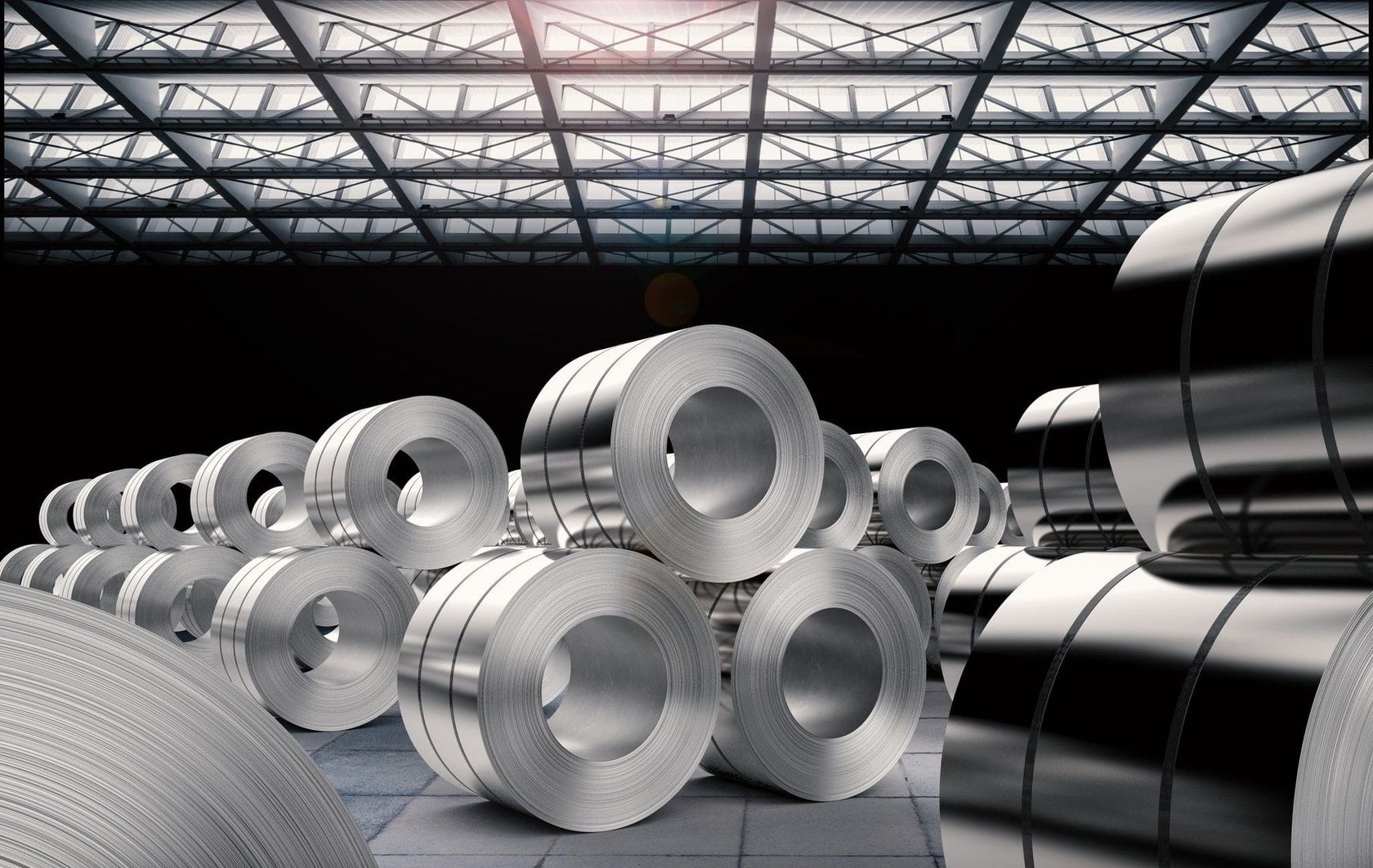
6
Steel is an alloy of iron and carbon with an iron content of at least 45%. The percentage of carbon in steel is significantly lower, ranging from 0.02% to 2.14% (an alloy containing 0.6-2.14% carbon is considered high-carbon). Carbon content, alloying elements and other impurities determine the physical properties and performance of each steel grade. The World Steel Association estimates that there are now more than 3,500 steel grades. Remarkably, three-quarters of them were developed in the 21st century.
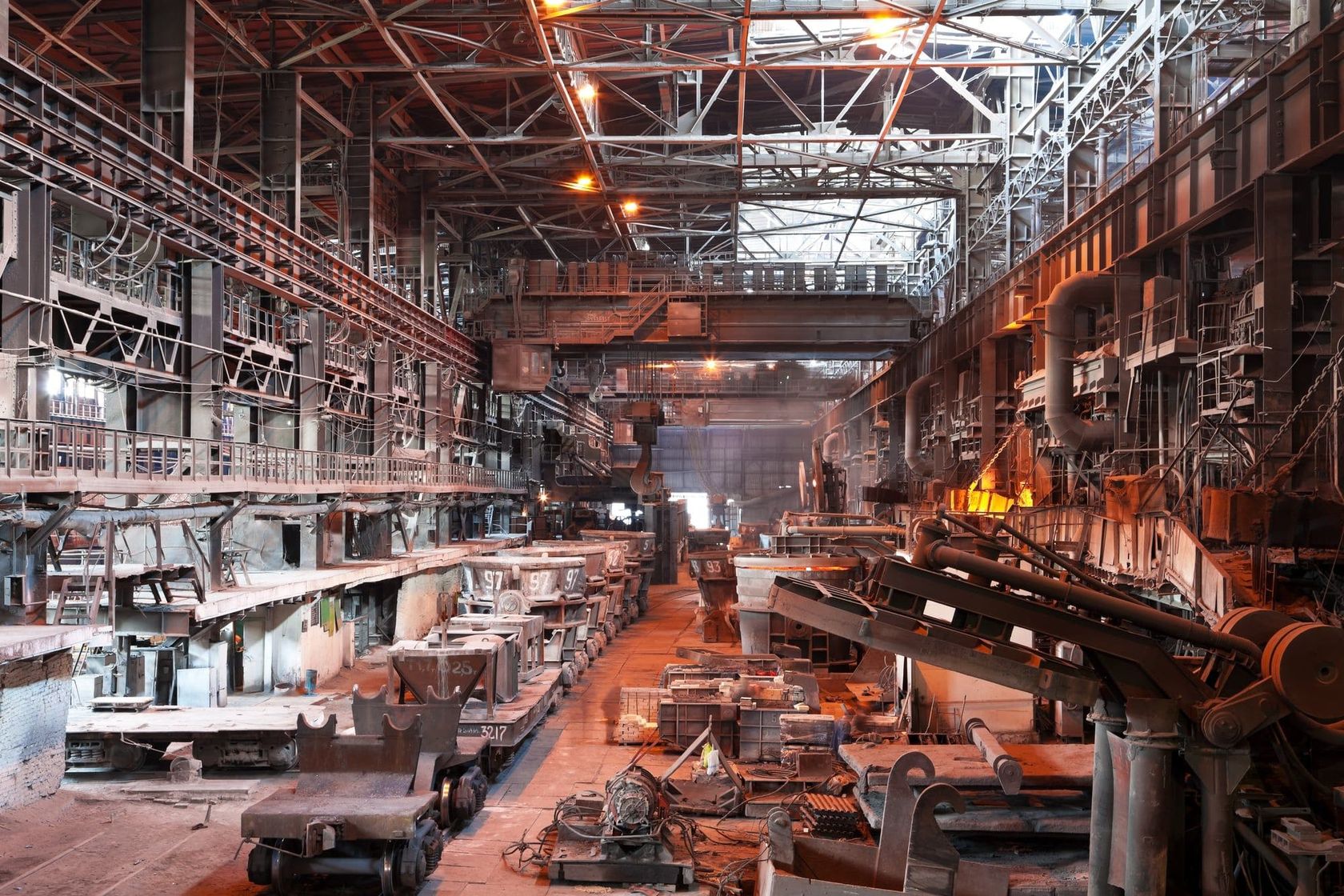
7
In just under seven decades – from 1950 to 2019 – global steel production expanded by an order of magnitude. The World Steel Association has calculated that in the middle of the last century, the global steel industry made 189 million tonnes of steel. By the end of 2019, this figure had increased to 1.869 billion tonnes.
Since 2000, global steel production has expanded by 1 billion tonnes. China is the largest steel producer at 996.3 million tonnes. India ranks second at 111.2 million tonnes. Third place belongs to Japan, which produced 99.3 million tonnes of this product in 2019. Ukraine is among the top 20 steel producers in the world. In 2019, the country produced 20.8 million tonnes of steel, taking 13th place in the global ranking. The 50 largest steel producing countries make more than 99% of the world’s steel.

8
The World Steel Association reports that in 2019, the global steel industry made nearly US$1.7 billion in social investments. Steelmakers build schools, kindergartens and stadiums, make and repair roads, and sponsor the construction of other important facilities in the regions where they operate. The owners of steel mills also implement educational projects. In addition, since the beginning of the global COVID-19 pandemic, they have provided tests, medicines and medical equipment for their employees and other residents of these regions.
The global steel industry currently employs 6 million people. Each steel industry job creates more than eight jobs in related industries. In other words, the industry provides honourable, well-paid jobs for almost 50 million people worldwide.

9
The Bureau of International Recycling (BIR) has found that the global economic slowdown caused by the COVID-19 pandemic has led to a reduction in the use of scrap metal around the world. In the first half of 2020, the use of steel scrap in key countries and regions decreased by more than 10.5% to nearly 210 million tonnes (compared with 243.5 million tonnes in the first half of 2019).
Decreases were recorded in China, the EU countries, the US, Russia, Japan and South Korea. China remains the largest consumer of steel scrap in the world, while the EU countries are the leading exporters of this recyclable material.
As part of the EU, the UK was the most active shipper of steel scrap to foreign markets: 2.5 million tonnes in January-June 2020. This is more than 25% less than the volume it shipped in the first half of 2019. Turkey remains the world’s largest importer of steel scrap. Despite the broader economic downturn, the country increased purchases abroad by almost 8% (in 2019, scrap metal accounted for 83% of Turkey’s total steel production).
Despite the global economic stagnation, steel remains the most recycled material in the world!
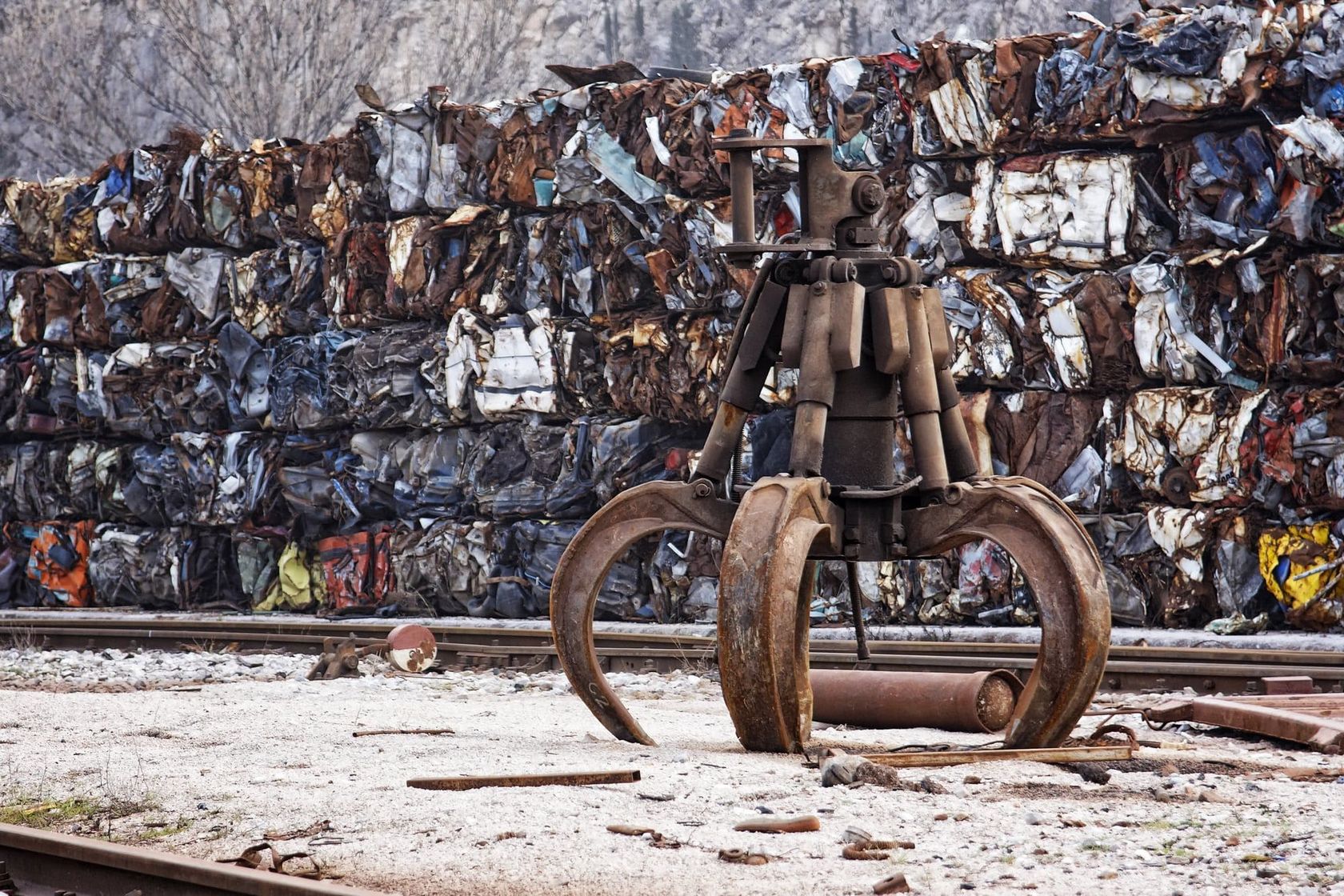
10
Steel is a material that can be recycled and reused an infinite number of times with almost no loss in volume or deterioration of its physical properties. The global steel industry processes about 630 million tonnes of steel scrap a year. The World Steel Association reports that this helps to reduce annual global CO2 emissions by almost 1 billion tonnes. This is a colossal volume, comparable to the amount of carbon dioxide produced by the EU’s entire transport system. For example, German steelmakers process more than 20 million tonnes of recyclable steel and pig iron materials a year. By recycling steel, Germany can reduce CO2 emissions by a volume that is roughly equal to the annual emissions of all of Berlin. In addition, the use of 1 tonne of scrap metal makes it possible to reduce the extraction of iron ore by 1.5 tonnes. On a global scale, up to 50% of steel is produced from recycled raw materials.
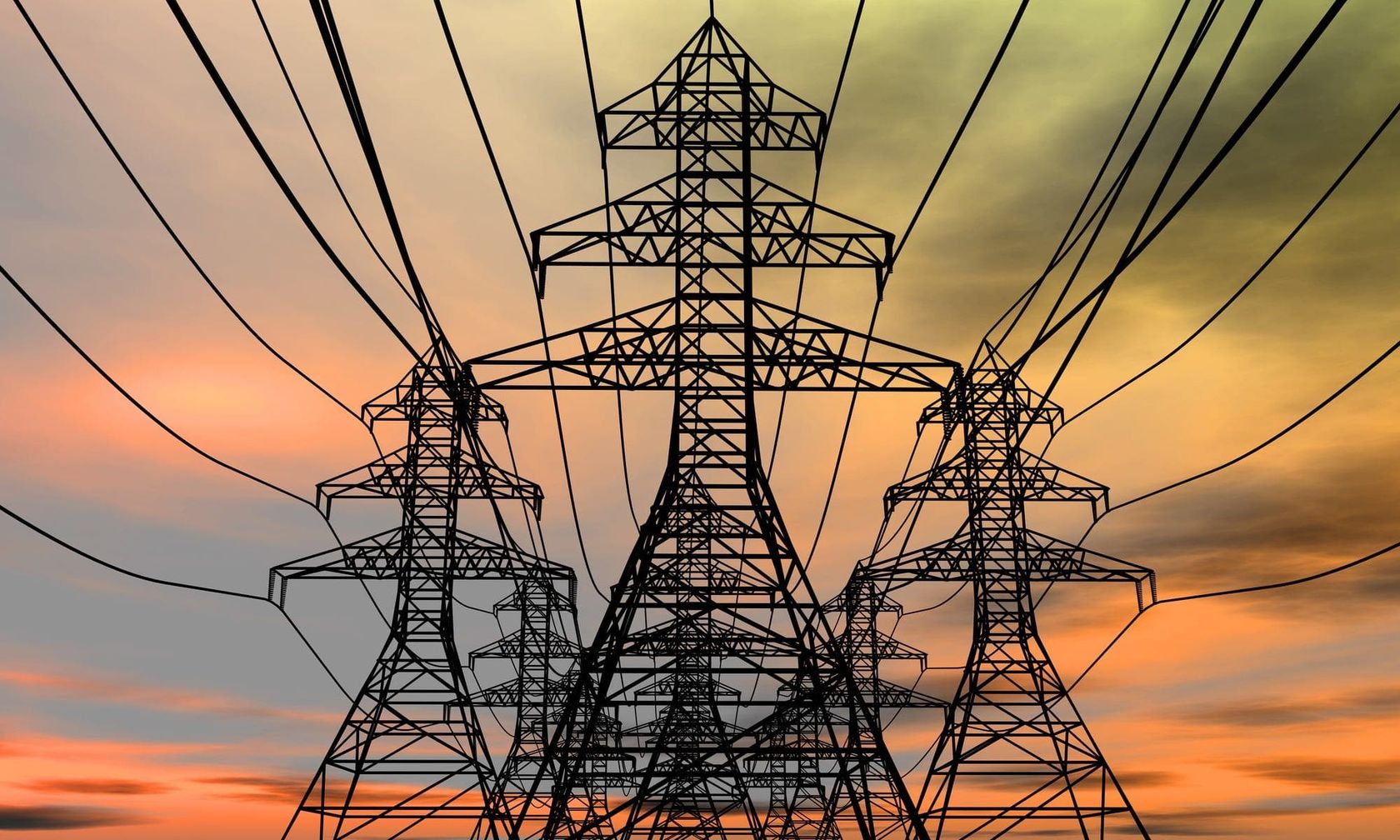
11
Traditionally, power transmission line supports in the US have been made of wood. However, the American Iron and Steel Institute (AISI) reports that they have begun to be replaced by steel supports in recent years. Consumers are gradually concluding that steel is a more reliable and efficient alternative. In recent years, the number of such supports in the US has tripled. The main enemies of wooden supports – lightning strikes, birds and insects – do not pose any threat to a steel product.
The environmental factor is also important. To produce a wooden support, a tree must be cut down. The AISI has calculated that by recycling the steel contained in one car, it is possible to obtain the material to produce four steel supports. Today, as a rule, steel supports contain at least 25% recycled steel, while many are made entirely from recycled materials.
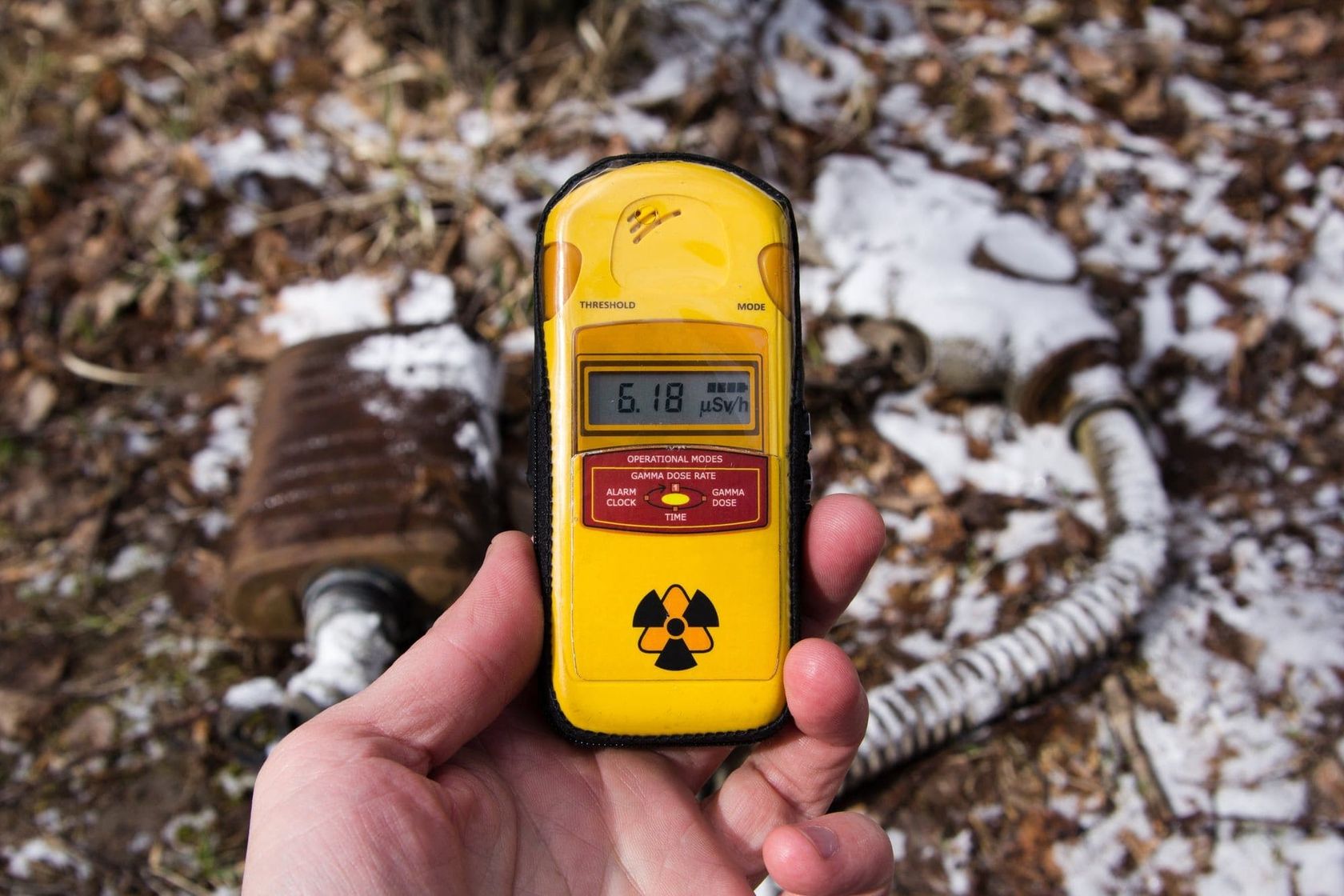
12
Production of some devices requires steel with low radiation pollution (known as low-background steel). This includes Geiger counters, as well as various sensors used in aviation, space, medical technology and so on. The problem is that since the nuclear explosions of the middle of the last century – including ‘Trinity’, the first ever nuclear weapon test, and the bombing of Hiroshima and Nagasaki – the planet has exceeded the natural level of radiation. The amount of radionuclides in the air surpasses natural levels. This leads to radiation contamination of steel directly in the production process. Today, low-background steel can be obtained by raising ships that sank before the first nuclear incidents. Since the signing of the global Partial Nuclear Test Ban Treaty in 1963, levels of anthropogenic radiation pollution have been gradually decreasing.

13
The World Trade Center, destroyed during the terrorist attack on 11 September 2001, was the tallest building in the world in the early 1970s. It was built using numerous steel parts. For example, more than two hundred steel columns were located along the perimeter of each of the two towers, the centre of the towers featured steel cores of fifty columns, and so on. In memory of the victims of the tragedy, a small part of the steel structures of the twin towers was re-smelted and used in the construction of the US Navy ship USS New York. Similarly, steel from structures at the two other September 11 crash sites was used to make ships named after those cities: the USS Arlington and USS Somerset. The steelworkers of Amite Foundry and Machine, where the bows of the ships were cast from the memorial steel, treated the process with the reverence normally reserved for religious ceremonies.

14
The steel industry was a trailblazer in the practical application of computer technology. At the dawn of the IT era, steelmakers made the computer an important part of their technological processes. In the late 1940s, the first computing machines were presented to the world. At the same time, metallurgical enterprises sought to increase their steel output. The steelmakers were interested in innovative solutions and gave carte blanche to computer scientists to develop programmes and technologies that they then integrated into their steel production. By 1965, 20% of all computers in the world used to manage production processes were installed in metallurgical workshops. Today, IT solutions are widely used by metallurgical enterprises to develop new steel grades, simulate manufacturing processes and forecast alloy quality.

15
Behold, the perfectly polished, shiny, ergonomic ... stainless steel soap! An uncomplicated device, this ordinary steel bar can be found in home kitchens with increasing frequency. The companies that manufacture steel soap do not promise to remove excess grease from hands and surfaces. However, it is perfectly suited for the unpleasant smells of fish, onions or garlic. Sulphur molecules are believed to be responsible for the specific aroma of these products, which remain on the hands as well. To remove their odours, you just need to lather your palms and fingers with this unusual steel soap, which will bind the sulphur. Homemakers all over the world have gladly adopted this simple method. First, because it works. Second, because steel soap is not only beautiful, it is nearly eternal. However, experts note that there is still insufficient scientific evidence of the effectiveness of stainless soap.
Curious and dramatic, historical and forward-looking, these interesting facts about steel are sure to interest thoughtful readers. Modern metallurgy never stands still. Advances in the steelmaking business will lead to many more discoveries and remarkable stories.
